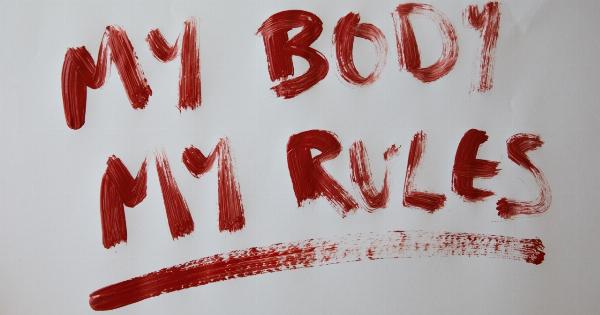One of the most prevalent obstacles that women face in society is the gender pay gap. Despite decades of progress towards workplace equality, women still earn less than men on average.
Numerous studies and reports have highlighted the significant disparities in pay between genders, even when accounting for factors such as education, experience, and occupation. This persistent inequality not only hinders women’s financial independence but also perpetuates a cycle of gender inequality in all aspects of life.
Gender Stereotyping
Gender stereotyping is another significant obstacle that women encounter in society.
From an early age, girls are often socialized to conform to certain roles and expectations, while boys are encouraged to pursue traditionally “masculine” activities and careers.
These gender norms limit women’s choices and opportunities, pushing them towards fields that are considered more suitable for their gender, such as nursing or teaching, while discouraging them from pursuing careers in STEM (Science, Technology, Engineering, and Mathematics) fields, for example.
Lack of Representation in Leadership Positions
Women’s underrepresentation in leadership positions remains a persistent problem in society.
Despite strides in achieving gender equality in various spheres, women still face significant barriers when it comes to reaching top-level positions in politics, business, and other sectors. The glass ceiling effect, where women find it difficult to break through the invisible barriers that prevent them from advancing into higher positions, persists in many organizations.
This lack of representation hampers the progress of gender equality and contributes to the perpetuation of biased decision-making processes that favor men.
Unpaid Care Work
Unpaid care work, such as childcare and housework, is often disproportionately performed by women. This unequal distribution of domestic responsibilities prevents women from fully participating in the workforce and hinders their career advancement.
The societal expectation that women should prioritize caregiving duties over their professional aspirations creates a significant barrier for women who seek to balance both a successful career and a fulfilling personal life. Addressing this obstacle requires a cultural shift that recognizes and values the importance of care work as well as the need for shared responsibilities within families.
Institutionalized Discrimination
Despite legal protections against gender-based discrimination, women continue to encounter institutionalized discrimination in many areas of society. This discrimination is often subtle, making it difficult to identify and challenge.
It manifests in hiring practices, promotion decisions, and workplace cultures that disadvantage women and perpetuate gender biases. Discrimination can also be seen in access to essential services such as healthcare, education, and financial resources.
Overcoming institutionalized discrimination requires comprehensive policies and efforts to challenge biases and promote gender equality at all levels of society.
Conclusion
Women face numerous obstacles in society that hinder their progress towards true gender equality.
From the gender pay gap to gender stereotyping, the lack of representation in leadership positions, the burden of unpaid care work, and institutionalized discrimination, women continue to face significant challenges in various aspects of their lives. Addressing these obstacles requires a collective effort from society, governments, organizations, and individuals to challenge cultural norms, implement fair policies, and promote equal opportunities.
Only by recognizing and dismantling these barriers can we create a more inclusive and equitable society for all.






























